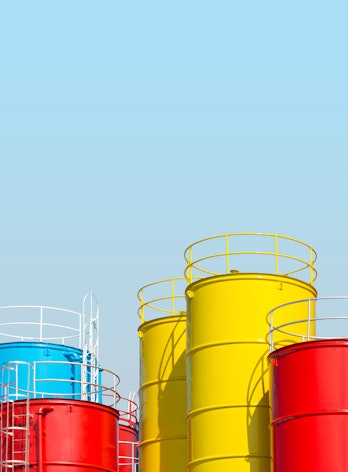Gas
Natural gas now accounts for about a quarter of global electricity generation. While in the medium term it is seen playing a major role supporting a transition to net zero energy systems, its longer-term use is uncertain in a world dominated by non-emitting renewable energies.
Read moreIts storability, its ability to be delivered through pipelines or liquefied and sent by ship, as well as the ability of gas-fired power plants to turn on and off quickly, allows natural gas to respond to both seasonal and short-term demand fluctuations and to provide back-up to the growing use of variable renewables such as wind and power. Still, as part of global efforts to reach net zero emissions, natural gas use is expected to come under pressure in some countries.
The natural gas market is increasingly globalised, driven by the availability of shale gas and rising supplies of tradeable liquefied natural gas. The growth of the gas trade, as well as a shift away from long-term contracts towards spot pricing in many markets, has created greater interconnectivity between markets with demand or supply shocks in one region now having global implications, on both gas and electricity prices.
Last updated May 17, 2023
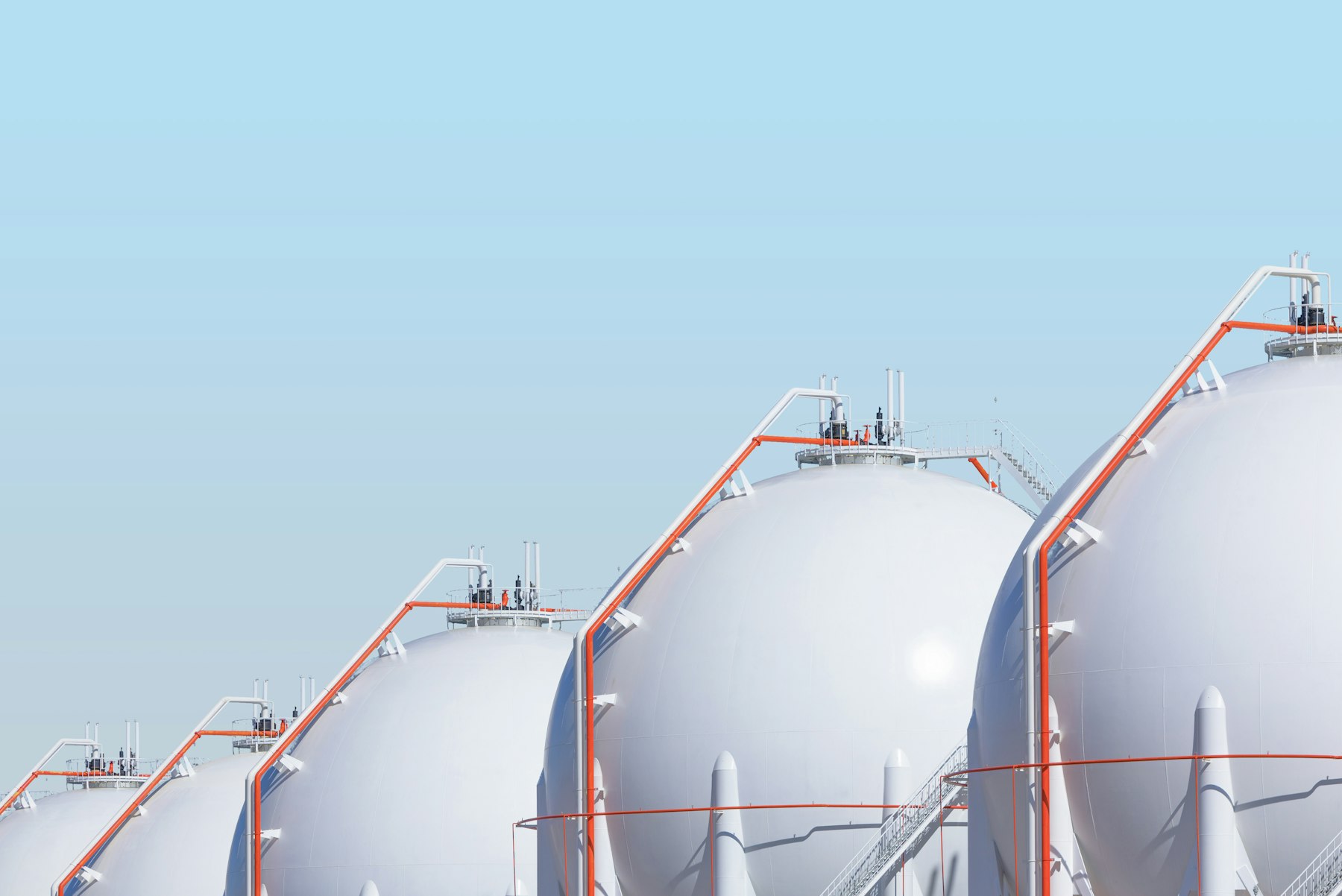
Key findings
Global gas markets moved towards a gradual rebalancing over the 2022/23 heating season, following the supply shock sparked by Russia’s invasion of Ukraine in February 2022
Evolution of key regional key gas markets since 15 December 2022
OpenNatural gas-fired power generation is expected to increase 1% in 2021
Gas-fired generation in the Net Zero Scenario, 2010-2040
OpenFlaring emissions must drop rapidly to get on track with the IEA's Net Zero Emissions by 2050 Scenario
Many options are available to reduce flaring, but they will likely require new gas monetisation strategies, business models, and more stringent (and enforced) regulations. An increasing number of companies is committing to eliminate flaring by 2030. The Net-Zero Emissions by 2050 Scenario requires all non-emergency flaring to be eliminated globally by 2030, resulting in a 90% reduction in flared volumes by 2030.
Upstream flaring CO2 emissions by region in the Net Zero Scenario, 1985-2030
OpenGas data explorer
Explore more data
Analysis
-
Gas 2020
Analysing the impact of the Covid-19 pandemic on global natural gas markets
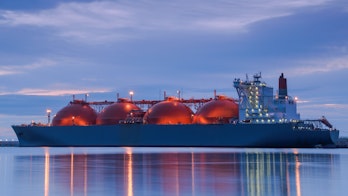
-
National Reliance on Russian Fossil Fuel Imports
How do countries rely on and consume Russian energy?
-
Transitioning India’s Road Transport Sector
Realising climate and air quality benefits

-
Gas Market Report, Q2-2023
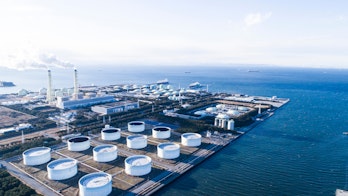
-
Emissions from Oil and Gas Operations in Net Zero Transitions
A World Energy Outlook Special Report on the Oil and Gas Industry and COP28
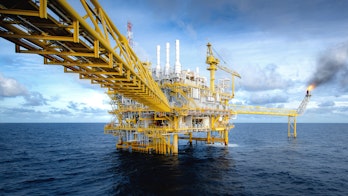
-
Outlooks for gas markets and investment
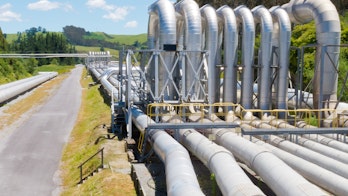
-
Europe’s energy crisis: What factors drove the record fall in natural gas demand in 2022?
-
Korea Natural Gas Security Policy
Part of Natural Gas Security Policy
Our work
Gas and Oil (GOTCP)
Created in 2013, the GOTCP brings together representatives from governments, industry and academia in a global dialogue to explore the role of oil and gas technology in the energy transition. GOTCP aims to catalyse innovation across oil and gas technologies and to provide collaborative opportunities for enhancing national capabilities within both onshore and offshore activities.
